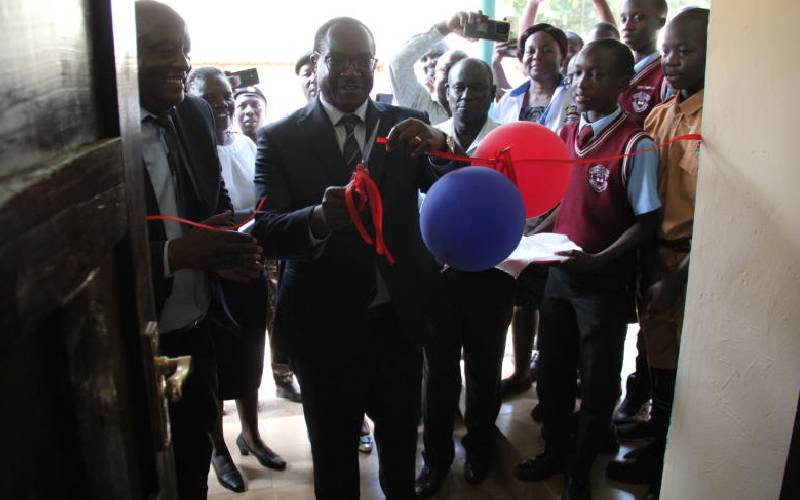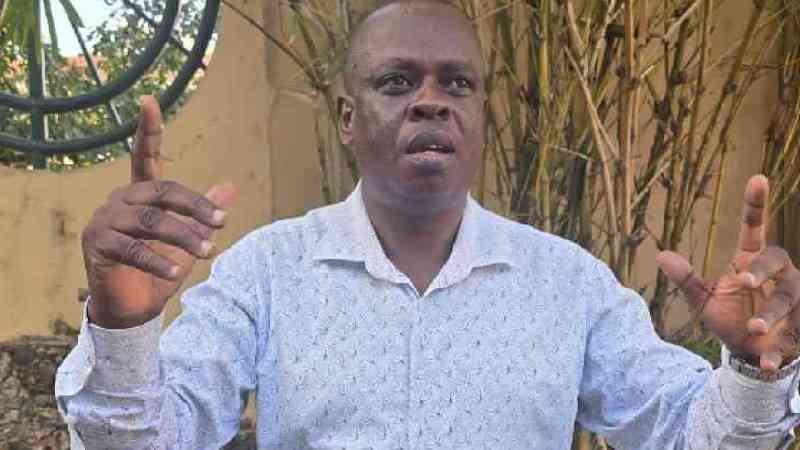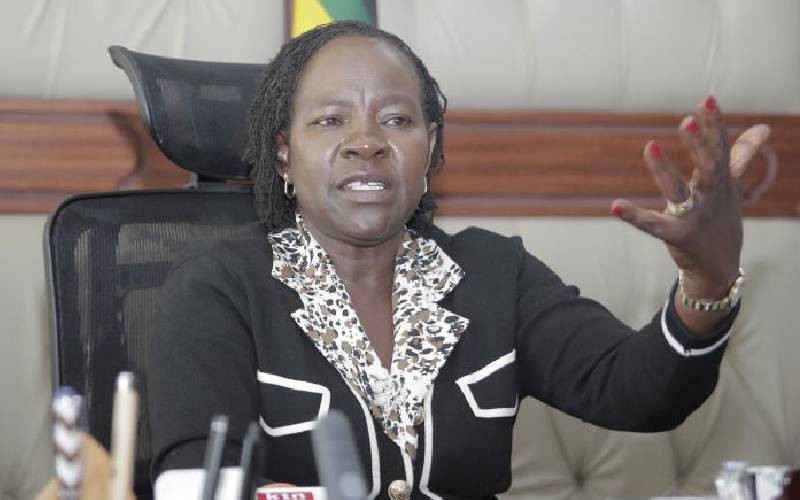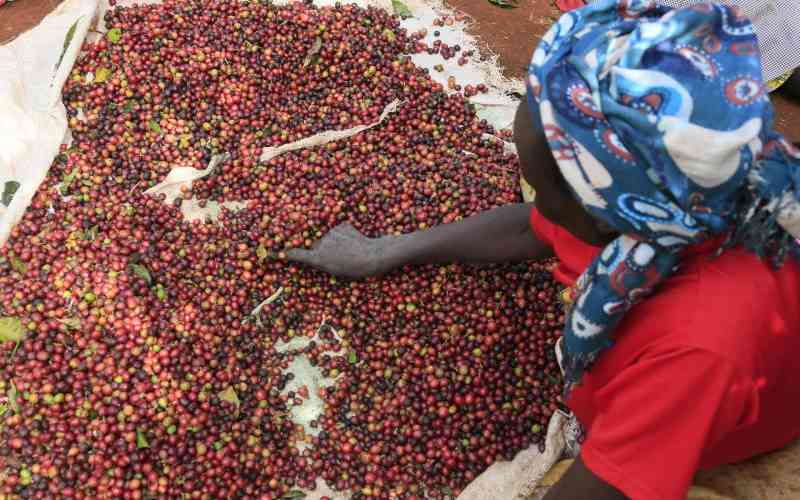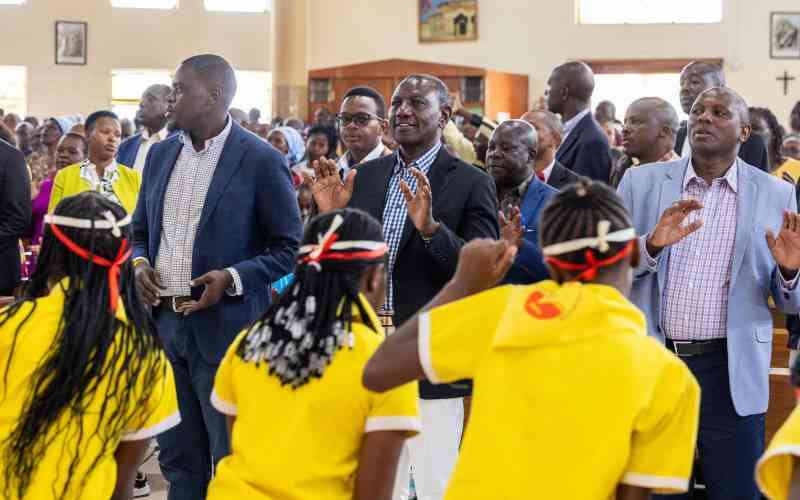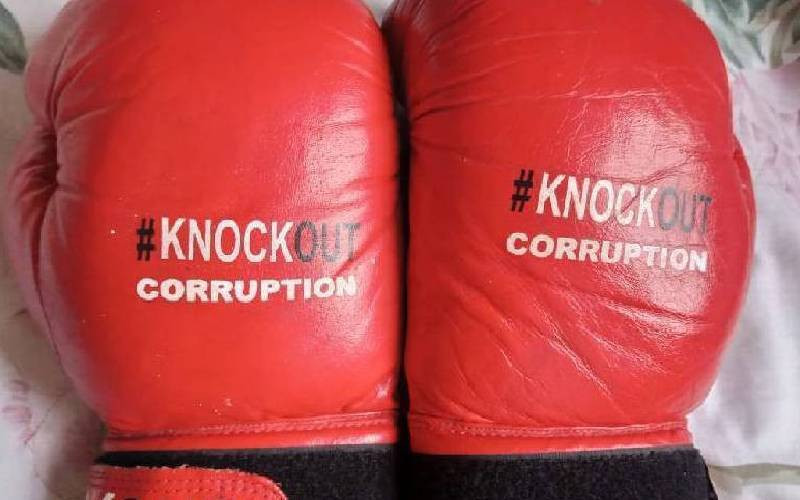Nairobi; Kenya: There was a time when oral literature was thought to exist only in the dusty villages. A view held by grey haired, wrinkled and wizened literature professors in colleges and universities, most of them school curriculum deciders. That time in question not long ago.
When I was undertaking my undergraduate literature studies at the University of Nairobi, we made two literature course work trips; 2009, to Maasai land where we spent about a week boarding in a Kajiado bush lodge by night and listening to Maasai women sing and old men tell us proverbs that walked down from heaven with their cows by day.
We had gone to study the oral literature of the Maasai. Then in 2010, we spent more than a week in coastal villages in Mombasa where our task was to research on the oral literature of the Digo community.
We listened to old men recite beautiful poems and sat with folk-lore storytellers. They told us about those ancient coastal fables.
By 2010, Nairobi was already a metropolis not to be taken lightly when one looked at African cities.
Nairobi already had its character formed, its speech had matured and its personality was strong. All these aspects of the city were and still are grounded in a certain unique urban culture, a culture that lives and thrives by its own rules.
A culture that is of stark difference from the ones found among coconut trees and dusty village paths.
A culture that comes fully packaged, together with its own oral literature- the oral literature of the future, oral literature that is fleeting and constantly changing.
The question one is tempted to ask is why a bunch of undergraduate students sought out oral literature in the villages and not in the streets and highways of the city? Does it only count as oral literature when the oral forms in question contain old proverbs and old wise sayings?
UNSTOPPABLE MODERNITY
Does it count as oral literature when sung by an old woman supporting herself on her walking stick but not a lady in high heels with an iPhone in the left palm?
Does it only qualify as oral literature when the verse forms follow the good old poetry regulations of concise and regulated formations of meter and syllable counts and not when it comes in the unstructured angry riots of a teenage spoken word artist?
The question of what oral literature entails, what forms it, the forms that oral literature should take and how the society and the literary community in Kenya should appreciate oral literature is one that has seen different takes in the face of the decline and death in the traditional settings of societal life.
Unstoppable modernity and the fact that the future is more urbane and global than traditional and local have not helped matters at all. Texts such as Encounter with Oral Literature by Okumba Miruka, Understanding Oral Literature edited by Austin Bukenya, Oral Literature of The Asians in East Africa by Mubina Hassanali and Sanaullah Kirmani or
by Okumba Miruka have long been used as the guides into what oral literature should encompass and in cases of other unmentioned research texts, the guides on how to go about researching on oral literature.
Stay informed. Subscribe to our newsletter
Should we continue in this vein or does the Kenya Oral Literature Association need to open its eyes and clear its ears for the sights and shouts of the new urban forms of oral literature?
The reality of the matter is that the face of oral literature in the country has changed and will continue to change so much that in the next 50 or so years, what the schools, colleges and universities in Kenya are today emphasising as oral literature will be looked at with the same disinterest as that given to history texts by most of the general population.
What the country looks at as oral literature today will be historical accounts of what oral literature was. The future of oral literature lies in urban oral pickings.
Some people, indeed most people believe that Majibu za Makanga -- the testament to the quirky and ingeniousness of the matatu culture as a passing fad that will die off like a fart in the wind.
Maybe not, not when the urban matatu culture still lives. Many people believe that street poetry slams by slum dwellers, post-high school and college students is a passing fad. Maybe not. Not when we still have slums and students still walk the streets of Mombasa and Nakuru.
Many people believe that
#SomeoneTellNigeria is a passing fad.
Maybe not, not when Twitter is here with us and online feuds between Kenyan and Nigerians and other African countries still exist.
Many people believe that Mchongoano is gasping for air. But that is far from the truth. School yards and miraa chewing dens are preserving the genre.
These urban forms of oral literature are here to stay. And room should be found so that they can be recorded appropriately.
TWITTERATURE IN 140 LETTERS
The reason why most people would see these forms as passing fads probably has something to do with the fact that they are mainly driven by the younger generation of Kenyans; thus the assumption that there is little value in what they are saying.
That the words in spoken word poetry slams are all hot air.
That Mchongoano cannot serve the same purpose as say riddles in the past. That Maswali za Polisi or Majibu za Makanga have no proverb-like wisdom in them.
But let us look at these urban forms of oral literature closely; Mchongoano sharpens wit and develops confidence in children by encouraging them to hold their own mentally,
Majibu za Makanga are and twitterature rendered in 140 characters are entertaining and wise as any wisdom would come.
The Ujinga Ni series had what can only be termed as modern day straight up urban wisdom. The chaotic and unstructured lyrics or rap battles and spoken word poetry pieces are full of musicality, irony, and pithy social commentary.
In case anyone doubts that, they should track the career of rapper/singer Juliani who is arguable Kenya’s best contemporary urban lyricist. He started off at the unstructured street poetry slams.
MAJIBU ZA MAKANGA
Older people may not see the wisdom in Majibu za Makanga, college professors who were weaned Shakespearean sonnets and got fully fed on the organized and measured poems of Henry Wordsworth may not see any poetry to be preserved in free verse forms that exist on the streets of urban centers in Kenya.
And who says that what the old do not endorse as wise is dumb and should be ignored?
If literature is the mirror of the society, then looking at Pokot songs as oral literature in Kenya in say 2014, is only telling half the story.
If the case for oral literature is still being pushed by those who believe that traditional languages are rich in images and draw their matter from historical content sources then the individuals who engage in social comment through Ujinga Ni, which mostly draws its content from a fluid urban culture that is here in a second and gone in the next stand to be taken for granted.
If the purity and stability of language are some of the measures used in simplifying oral literature in the country then all the great material that the young urban Kenyans render in sheng and Kenyanese -- the popular version of English amongst university, college and urban types-will surely go to waste.
If this continues to be the case, then, only half of the reality of oral literature in Kenya today will be told.
 The Standard Group Plc is a
multi-media organization with investments in media platforms spanning newspaper
print operations, television, radio broadcasting, digital and online services. The
Standard Group is recognized as a leading multi-media house in Kenya with a key
influence in matters of national and international interest.
The Standard Group Plc is a
multi-media organization with investments in media platforms spanning newspaper
print operations, television, radio broadcasting, digital and online services. The
Standard Group is recognized as a leading multi-media house in Kenya with a key
influence in matters of national and international interest.
 The Standard Group Plc is a
multi-media organization with investments in media platforms spanning newspaper
print operations, television, radio broadcasting, digital and online services. The
Standard Group is recognized as a leading multi-media house in Kenya with a key
influence in matters of national and international interest.
The Standard Group Plc is a
multi-media organization with investments in media platforms spanning newspaper
print operations, television, radio broadcasting, digital and online services. The
Standard Group is recognized as a leading multi-media house in Kenya with a key
influence in matters of national and international interest.

